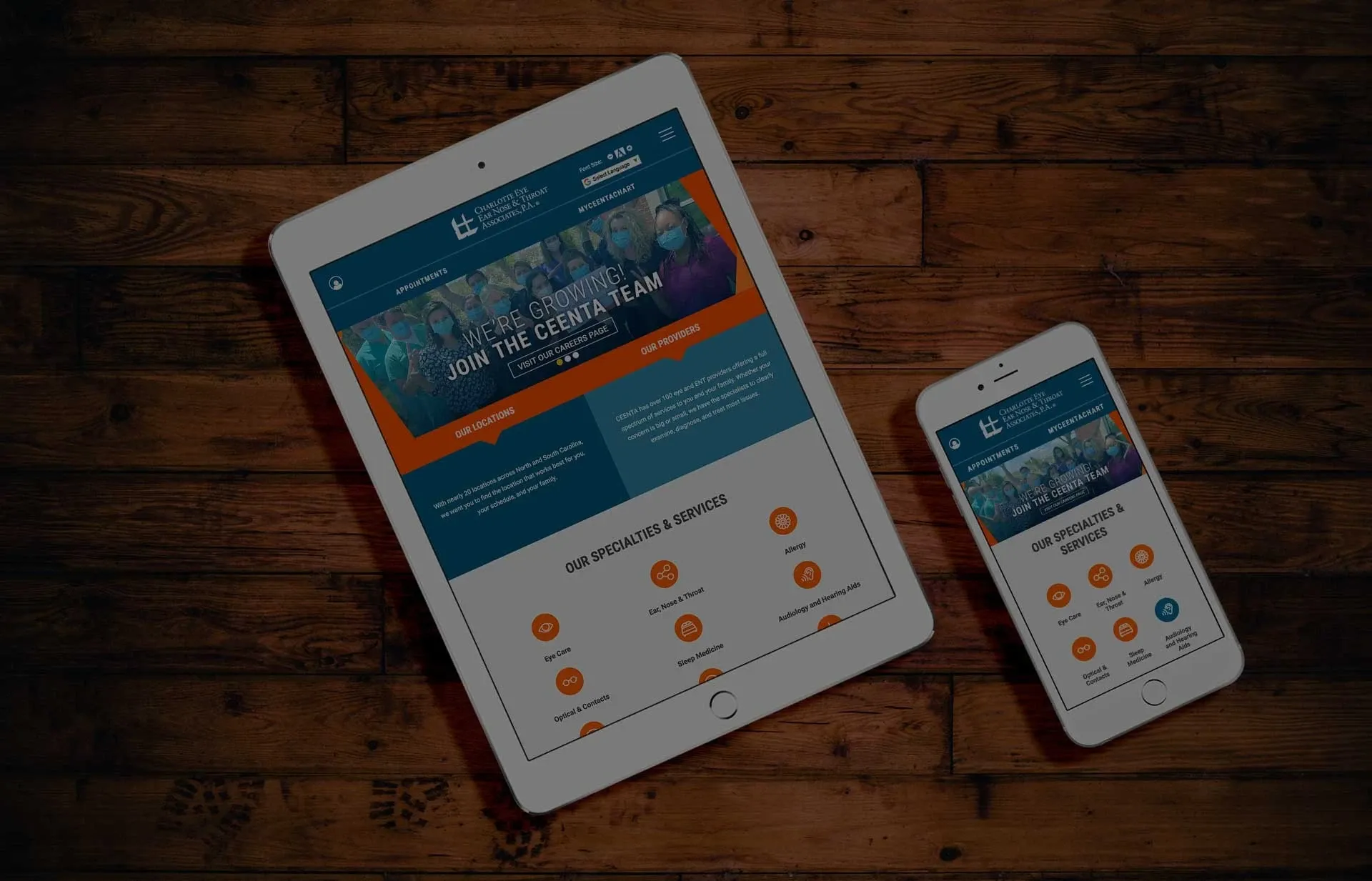Web design best practice involves selecting the appropriate colors, fonts and white space to create an uncluttered, readable design. Furthermore, it ensures websites are accessible and mobile responsive for optimal viewing experience.
Maintaining your brand logo and colors across all pages is essential for building trust with users. Doing so will enable visitors to better comprehend your product objectives, offering them a more rounded experience.
Keep it simple
A website designed with a straightforward approach can have immense advantages for your business. Not only is it easier to maintain than more intricate sites, but it's also easier to read and provides better usability for visitors.
Search engines find and rank your website easily.
Maintaining your website's simplicity will enable it to load quickly and be user-friendly. Furthermore, keeping things straightforward makes adding new information much simpler.
Simplicity is key when it comes to online navigation; people tend to skim across pages quickly. Thus, ensure your site is easy for readers to comprehend.
Maintaining a simple website design makes it simpler for visitors to locate what they need and will encourage them to stay longer on your site. Furthermore, reduced loading time leads to fewer clicks away from your page, increasing visitor loyalty.
Keep it clean
Websites must be uncluttered and straightforward in order to provide visitors with a great user experience. Doing this allows them to quickly locate information, as well as build trust in your business.
To achieve a polished design, you must pay attention to every element and guarantee that each is flawless - from pixels themselves down to the tiniest details like borders, shadows, white spaces, etc.
Clean websites are easier to navigate and tend to be more attractive in the long run. This becomes especially crucial as the internet continues to become increasingly complex and cluttered, making it harder for users to locate what they need quickly.
Furthermore, websites with a uncluttered design tend to load faster than those that are overrun with content. This is an enormous advantage for today's internet users who typically have short attention spans and need to find what they need quickly.
Keep it organized
Organizing your website's architecture not only helps keep it functional, but it should be user-friendly for visitors. While this may be a no brainer, it's easy to overlook. When creating menus and pages on your site, keep in mind that an cluttered navigation bar could make things difficult for those trying to locate what they need quickly. Furthermore, place important information at the top of every page so everyone can easily see it.
Maintaining your website's loading time as quickly as possible is one of the most essential web design best practices, particularly if you want to rank well in search engine results. In fact, studies estimate that 25% of all website users will abandon a page taking more than four seconds to load, making speedy page loading an absolute must-do.
Keep it readable
A website that's easy to read is more likely to be successful than one with difficulty navigating. This is especially true for sites with lots of content or those designed with mobile users in mind. Studies show that many people won't spend time reading long blocks of text on digital screens, so keep your copy concise and utilize small font sizes.
Maintaining your website's readability requires using different colors for easier scanning, as well as bullet points to emphasize important information. Your font selection also plays a significant role in how easily visitors scan through your page, so opt for something clean and easily readable. With these simple tweaks, you can drastically boost your chances of reaching your marketing objectives! Good luck - hopefully these best practices will make sure your online presence runs as efficiently as possible!
« Back to Blog
- How Healthcare Practices Can Improve Visibility in AI Tools Like ChatGPT, Copilot & Perplexity
- Rebuilding from the Ground Up: A Modern, SEO-Driven Website for Third Coast Oral & Maxillofacial Surgery
- Modernizing TOA.com: A Decades-Long Digital Partnership in Orthopedic Website Innovation
- The Future of Healthcare Marketing: AI, AEO, and a Compliance-First Strategy
- How to Use Schema Markup on Your Healthcare Website for Better SEO
One Partner - Every Digital Solution Your Practice Needs.
EHS is more than a vendor — we’re your long-term partner in building a stronger, smarter, and more compliant digital presence.

© 2025. All rights reserved. E-dreamz, Inc.

